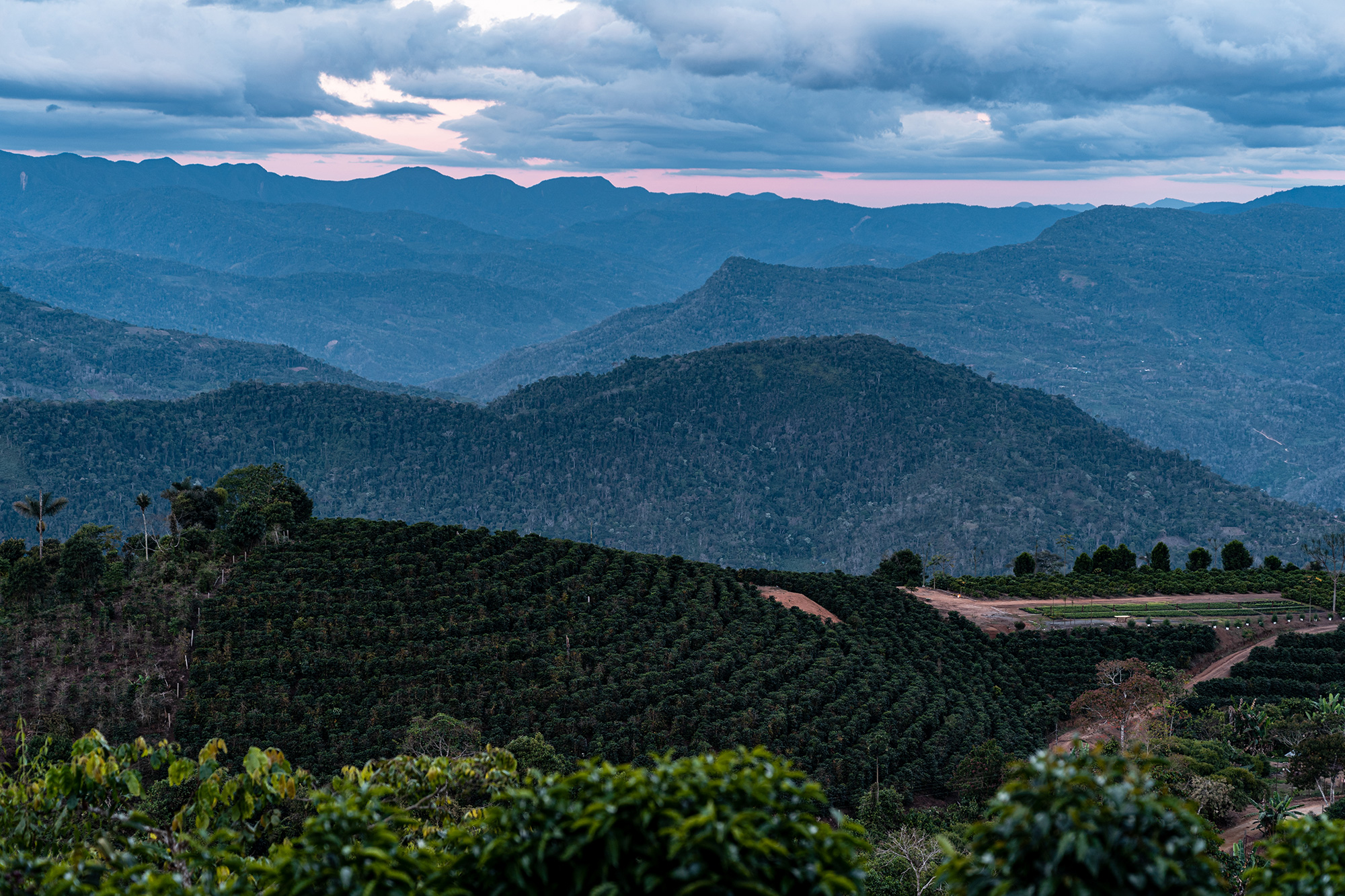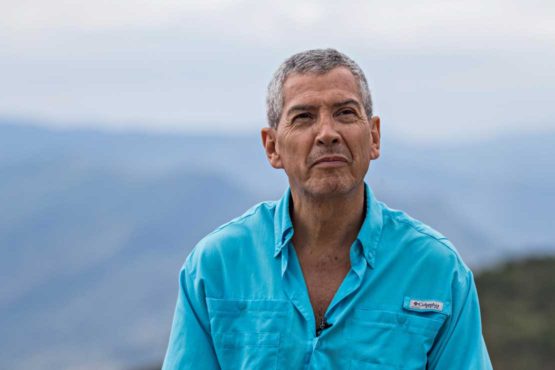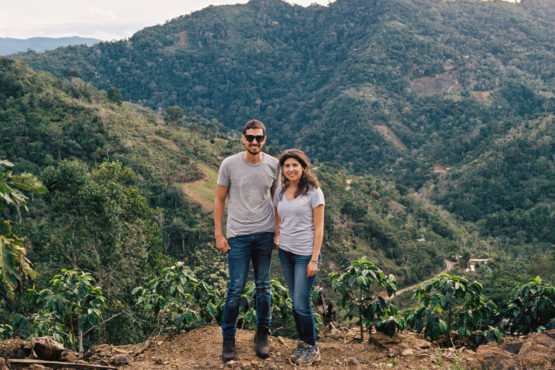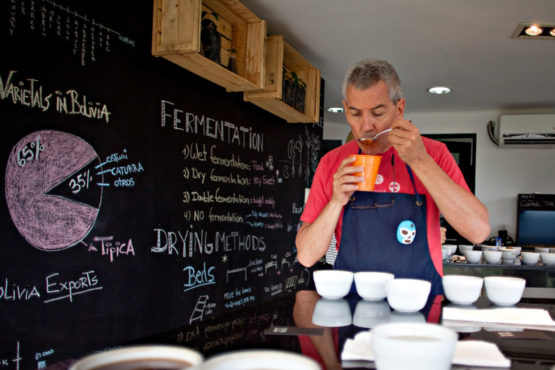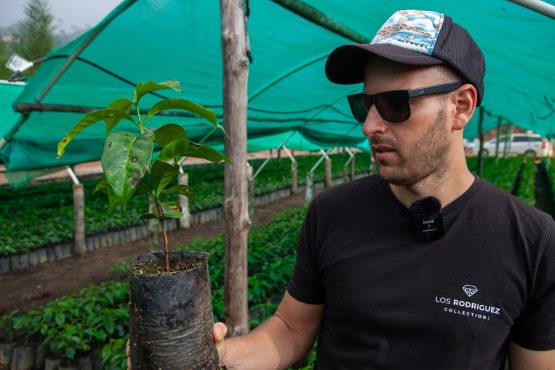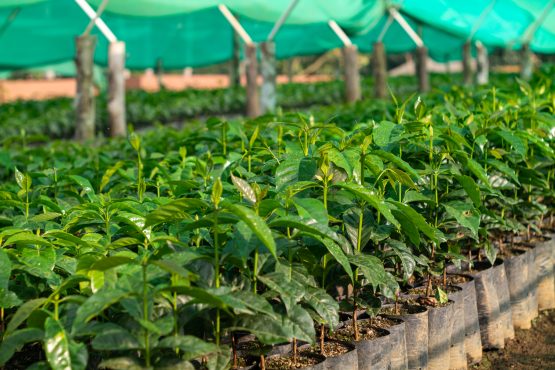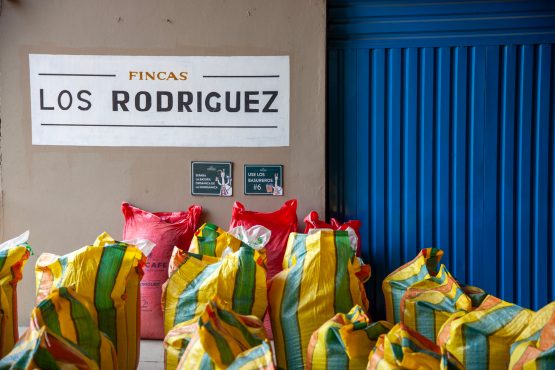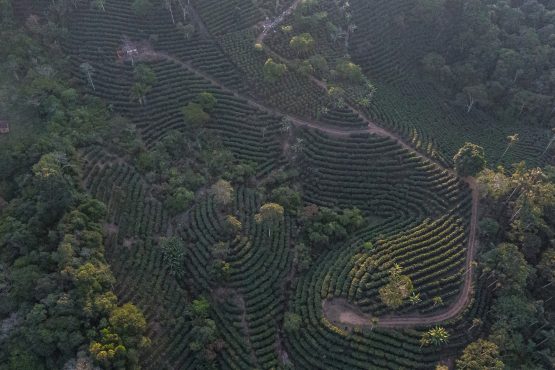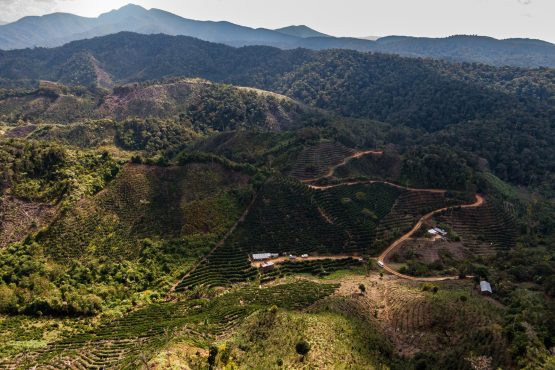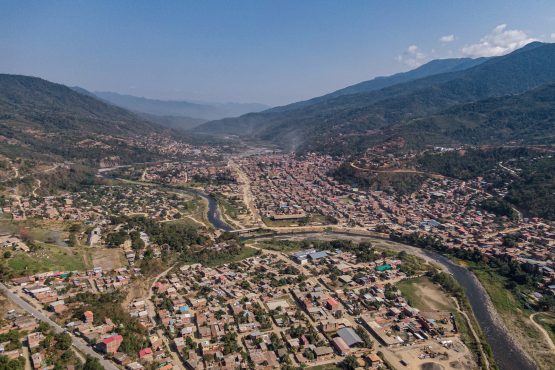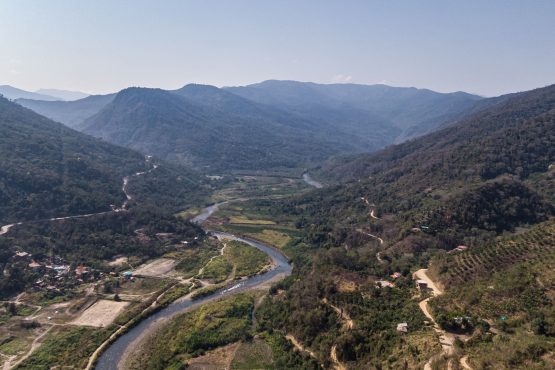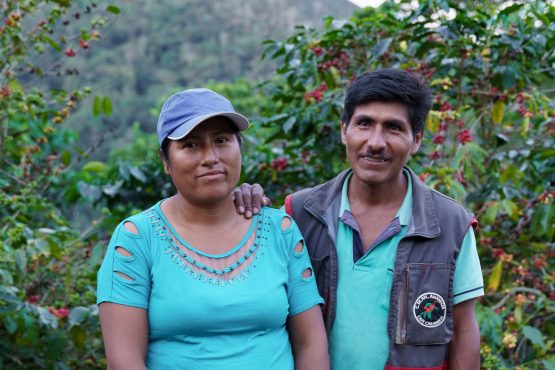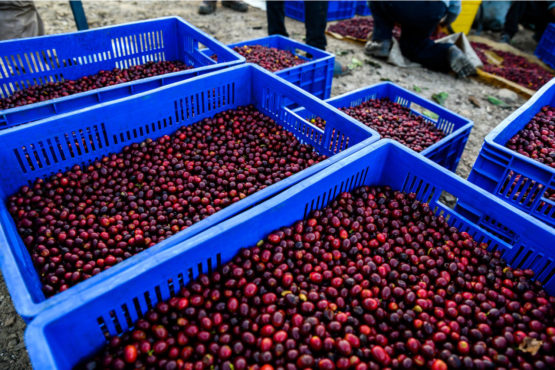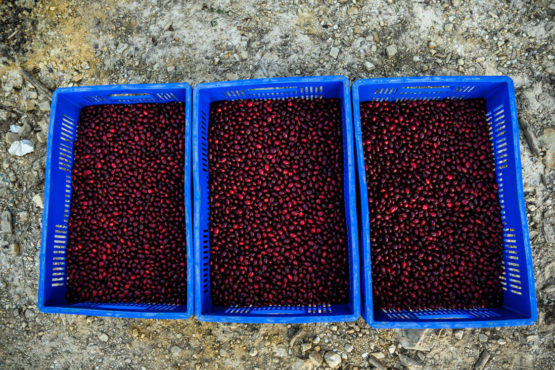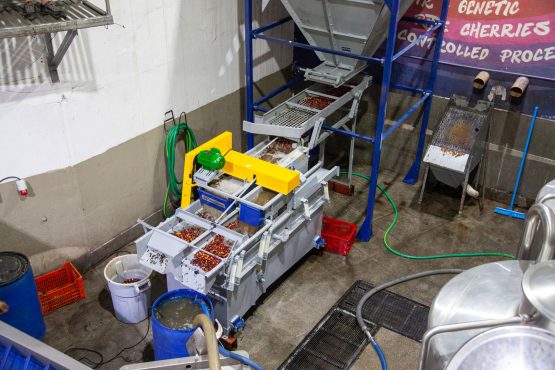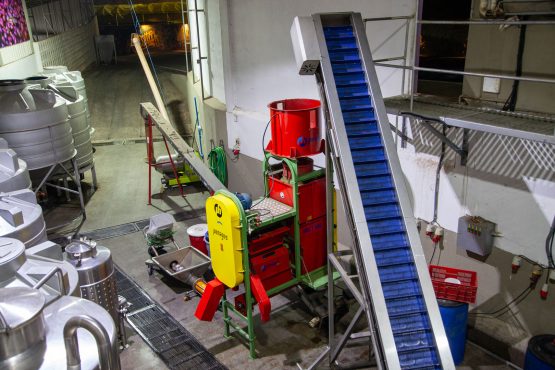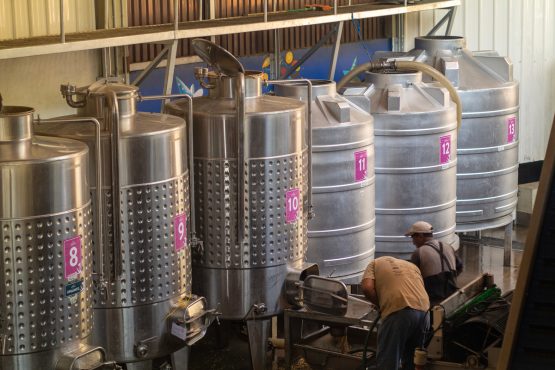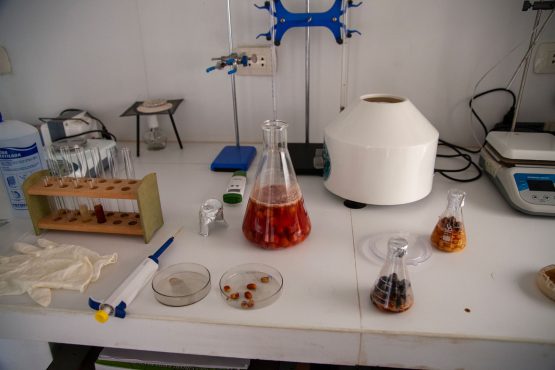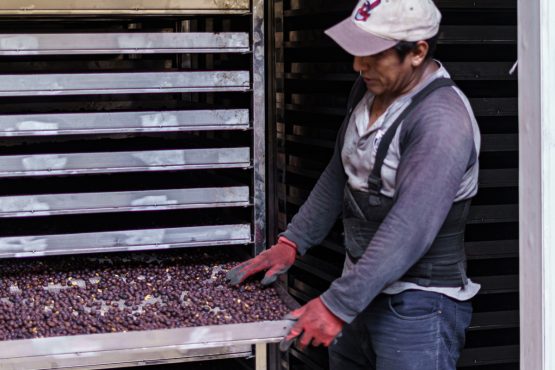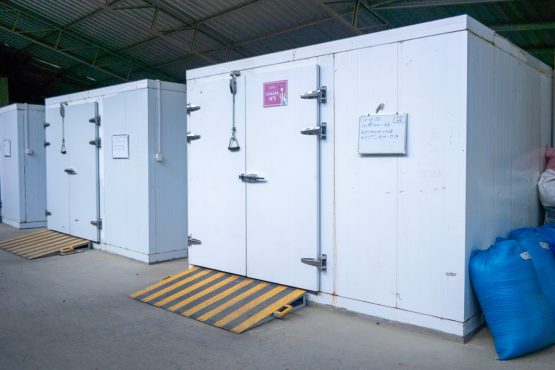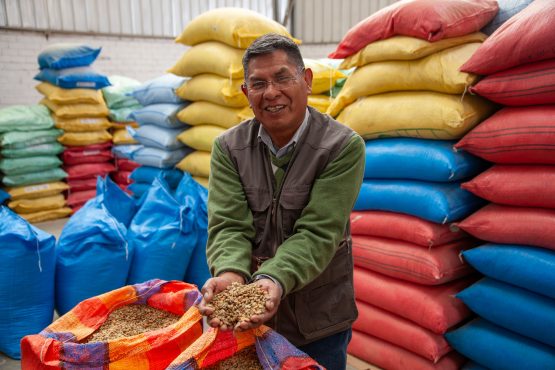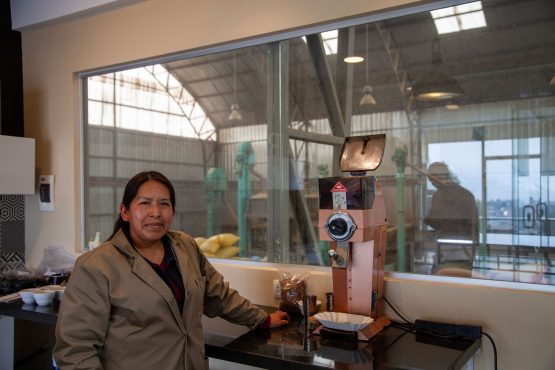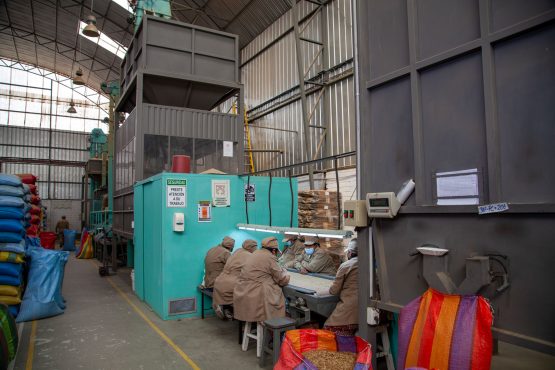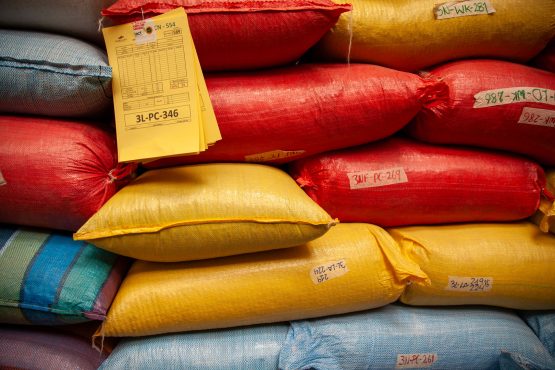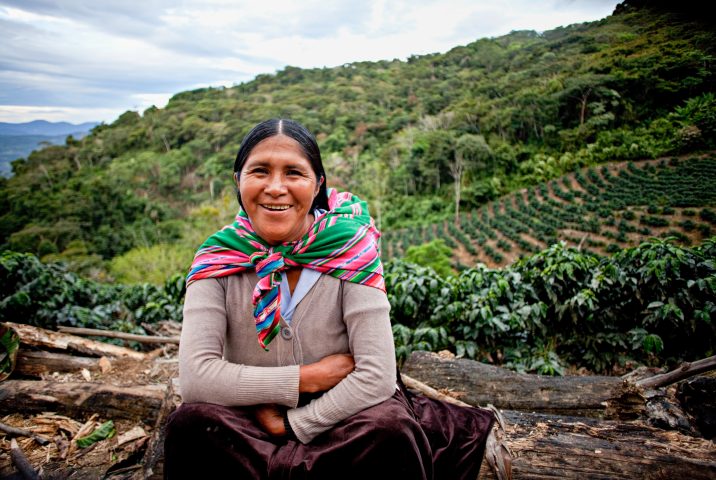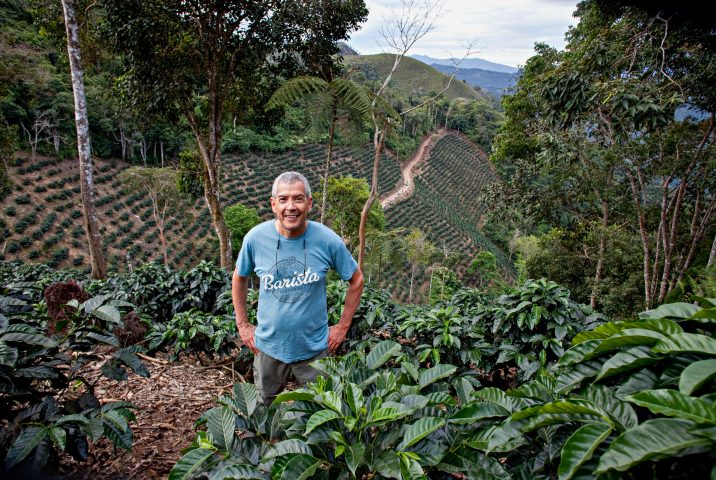Las Alasitas Gesha Washed
Abundantly floral, with great complexity and clarity. Star fruit, lemon verbena and yellow peach, with jasmine florals.
This special Gesha nanolot comes from Las Alasitas, a small farm owned by Pedro Rodríguez. Over the last decade, under the banner of Agricafe, Pedro and his family have worked tirelessly to build the production of and market for Bolivian specialty coffee, helping hundreds of local farmers recognise and realise the potential of their land and crops.
Las Alasitas is located in the colonia of Bolinda, which lies in a lush, steep mountain valley around 10 kilometres outside of the town of Caranavi. The colonia of Bolinda was founded 52 years ago and was once known as ‘Bolivia Linda’ or ‘Beautiful Bolivia’. Over the years this name was shortened to Bolinda, and it is now one of the larger settlements in the area.
Las Alasitas was planted in 2014 and is 20.6 hectares in size. The farm sits at about 1,642 metres above sea level and has incredible views over the Los Rodríguez farms and mountains beyond. The views are so special that the family have built a house at the top of the farm called La Casita (shown in the video below), where they welcome friends and guests who come to enjoy the farm at sunset and sunrise, coffee in hand. Due to its high elevation, Las Alasistas experiences cool night-time temperatures and mild day temperatures, resulting in a slow ripening of the coffee cherry grown here. This slow maturation leads to an increased concentration of sugars in the cherry and bean, which produces a sweeter cup of coffee.
Las Alasitas is home to Agricafe’s nursery in Caranavi. Here, agronomists Rodrigo Frigerio (who lives in a small house built on the property) looks after seedlings of the varieties the family grow at their farms, and those shared with the smallholder farmers they work with. The Rodríguez family have invested a lot of time and effort into trying to make each of their plantations a ‘model’ farm that other producers in the area can learn from. Along with a focus on proper farming practices, the family have trialled several varieties at Las Alasitas, including Gesha, San Bernardo, Caturra and Java. This particular lot is 100% Gesha – a variety renowned for its exceptional cup quality and distinct flavour profile.
Gesha seeds were originally collected from Ethiopian coffee forests in the 1930s. They were initially kept and studied at the Tanzania Coffee Research Institute, and subsequently at Costa Rica’s Centro Agronómico Tropical de Investigación y Enseñanza (known as CATIE). Both institutes recognised the variety’s resistance to coffee leaf rust, yet it was not propagated or planted widely due to the tree’s brittle branches. In the 1960s, the variety was distributed to farmers in Panama by Francisco “Pachi” Serracin. Gesha trees made their way to the country’s Boquete region, where they grew at high elevations without attracting much attention from local farmers. This was until the Peterson family, in Boquete’s Hacienda La Esmeralda, noticed a number of trees that had not been affected by a recent bout of leaf rust on a newly-acquired plot of land and decided to separate and cultivate them. The rest is history: the lot produced by these trees went on to win the Best of Panama competition in 2004, as its delicate, floral aroma and distinct flavour profile pushed the boundaries of what coffee could taste like.
In recent years, the Rodríguez have renewed their sustainability efforts across their farms. Understanding that plants are supported by nutrients found in the soil, their practices have shifted to ensure these are constantly being replenished. This includes incorporating fallen leaves and coffee pulp on the bases of each tree, and planting shade trees (including eucalyptus trees and Flamboyanas, a species known locally as “fire flowers” because of their beautiful foliage) in areas with high risk of erosion. Not only have these practices improved Caranavi’s reddish, sandy clay soils, they have also helped boost its biodiversity.
All of the Rodríguez family’s learnings have also been shared with local producers through a training program that the family has developed called ‘Sol de la Mañana.’ Head here to learn more about this wonderful program, and here to learn more about the incredible work the Rodríguez family and Agricafe are doing in Bolivia.
ABOUT CARANAVI
The inhabitants of Caranavi first started farming coffee in the 1950s, when a government-led agrarian reform resulted in small parcels of land (of around 10 hectares in size each) being redistributed back to thousands of largely Aymara families. The Aymara are one of Bolivia’s 36 indigenous nations, who originally lived on the highlands of the Altiplano (a vast plateau of the central Andes that stretches from southern Peru to Bolivia and into northern Chile and Argentina). Along with the Quechuas, who lived in the Bolivian lowlands, both groups immigrated to Caranavi to find a better life through agriculture.
The municipality is located in the Yungas ecoregion, one of South America’s most fertile and diverse locations. The region runs along both sides of the Andes Mountains, and is known for the world’s highest lake, called Titicaca. In the Quechua language, Yungas translates to “the warm lands,” in reference to the rainy, yet warm climate experienced in the region.
HOW THIS COFFEE WAS PROCESSED
At La Llama, pickers from the Villa Rosario community and the state of Beni are hired to carefully handpick the coffee during the harvest. These pickers are hired by Elda and her husband Felix (Carmela Aduviri‘s son), and trained to collect only the very ripest cherries, and multiple passes are made through the farm throughout the harvest to ensure the coffee is picked at its prime. Selective picking is extremely important for special micro-lots like this one, to ensure the sweetest cup. The Rodríguez family has found that harvesting the very ripest (almost purple) cherries result in the most complexity and distinction in the coffee.
Pedro draws a lot of inspiration from the wine industry in his approach to coffee production, and is always innovating and trialling different processing techniques. This lot was processed with experimental techniques, part of the Rodriguez’ family’s long term strategy to achieve the greatest distinction and diversity in their special lots. As Pedro’s daughter, Daniela shares: “We’re keeping a registry of all the data we’re compiling, to use in the coming seasons. It includes information on the types of tanks used, bacteria and yeast activity, ambient temperature and weather conditions… we’re working hard to identify the ideal processing conditions for each variety and farm.” Watch the video below, to see how this coffee was processed:
Cherries for this lot were delivered to Agricafe’s state of the art mill Buena Vista in the evening. After being inspected and weighed, the coffee cherry was carefully sorted by weight using water and disinfected, in a large capacity machine the Rodríguez family have dubbed ‘La Maravilla,’ which translates to ‘the wonder’ due to its efficiency. Following this, the coffee was transported to the mill’s new, water-efficient Penagos mechanical pulper using a conveyor belt. Not only do these pieces of equipment use significantly less resources than in previous years, but they both recirculate water several times before it is treated and returned to the local waterways.
For this lot, Buena Vista Manager and fermentation expert Adrián Silva prepared a solution (which the Rodríguez family call coffee ‘mosto’) with a carefully calculated level of the harvested bacteria or yeasts, and added it to the wet parchment as it was placed in sealed stainless steel tanks, catalysing a controlled fermentation. The team at Buena Vista made sure the lid remained shut for the full period of fermentation, to ensure no oxygen touched the cherries and that the punch-like, boozy aroma remained trapped inside.
The tanks were closely monitored throughout the ferment process and the coffee was removed after 60 hours, when the desired fermentation was complete. The wet parchment was then washed with fresh, clean water and carefully dried on trays in a custom built dehydrator for 80 hours at a low, controlled temperature, until it reached 11.5% humidity.
Once the coffee was dry, it was transported to La Paz where it was rested before being milled at Agricafe’s dry mill, La Luna. At this state-of-the-art mill, the coffee was first hulled and sorted using machinery, and then by a team of workers who meticulously sorted the coffee again (this time by hand) under UV and natural light. The mill is one of the cleanest and most impressive we have seen – you can read more about it here.
